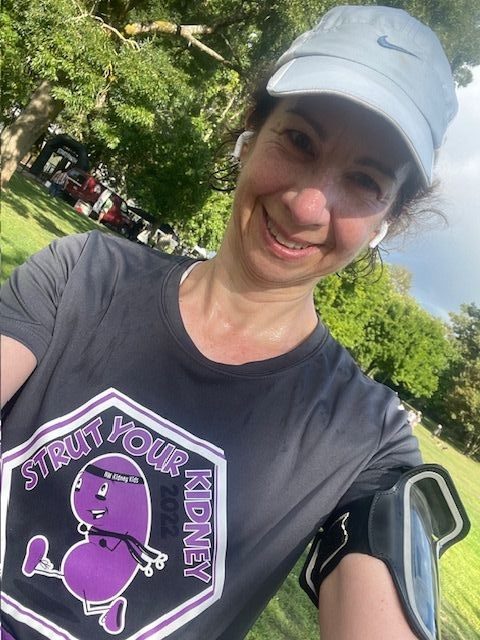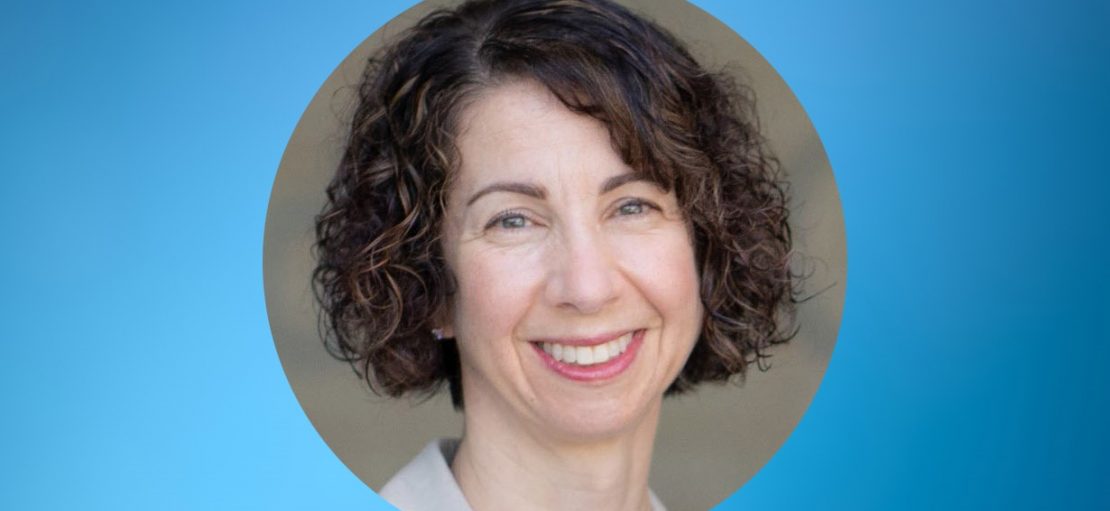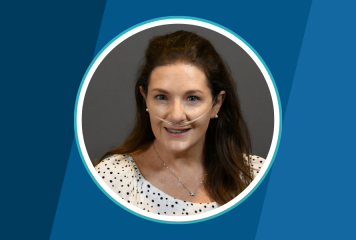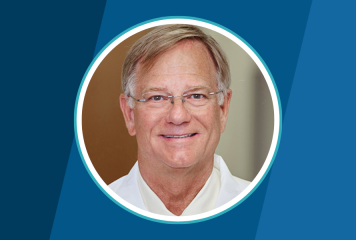Suzanne G. Watnick, MD, FASN, a board certified nephrologist, is a Professor of Medicine at the University of Washington and practices nephrology at the Seattle VA Medical Center. She received the American Society of Nephrology (ASN) mid-career leadership award in 2022 and is currently serving as the inaugural ASN Health Policy Scholar. She is an active member of ASN’s Quality Committee and Policy & Advocacy Committee and works closely with the Department of Health and Human Services to foster innovation through the KidneyX program and improve care for Medicare beneficiaries on dialysis.

Describe your journey in medicine and what inspired you to specialize in nephrology and particularly end stage kidney disease?
Growing up, I was very interested in science and math. I was a chemistry major in college, which lends itself toward being interested in fluids and electrolytes and acid-base disorders. When I found out that these were things that the kidney controls, it was a perfect match!
Thus, during my first and second year in medical school I became interested in nephrology. And, as I traveled through the clinical aspects of medical school, everyone knew I was interested in nephrology and would have me see patients with kidney disease or problems aligned with kidney dysfunction. I loved the people that I got to work with—these were people who were chronically ill, who had serious disorders and needed time and attention.
Sitting at the bedside to provide comfort and, hopefully, healing, it became very clear to me that nephrology was a great place for me to practice. I also liked the cognitive aspects of internal medicine in general, and I found nephrology to be the intersection of many different subspecialties in medicine.
A lot of physicians were very hesitant about taking care of people with end-stage kidney failure and I found myself doing a lot of primary care for these patients, as well as working closely with subspecialists in infectious disease, cardiology, gastroenterology, endocrinology, rheumatology and all of the disciplines where there was an intersection between kidney concerns and my patients’ needs.
I thought it was important not to have a narrow focus but to make sure that I thought about the greater population as whole, which is why my scholarly interests have centered around policy and advocacy for people with kidney disease.
Why did you decide to join the ABIM Board of Directors?
In nephrology, there are a lot of challenges for practitioners. For example, there are so many facets of being a nephrologist that take time, like the number of patients to see, the administrative burdens of documentation, the hospital rounds and the windshield time driving to dialysis units to see dialysis patients on a routine basis. This can be a burden, alongside meeting all the qualifications required of a physician from the state, ABIM, etc. But staying current is so important for patients. I think that ABIM has done a lot of work over the last decade to show the value that it provides. It has tried to provide, with the Longitudinal Knowledge Assessment (LKA®), different ways to show that people are current—not just the typical, (what I would call) onerous, 10-year exam, which I have taken.
So, I think that ABIM has come a long way, but there’s always the opportunity to do better. I hope that me being on the Board can help represent the field of nephrology, and really all internists to get the value we deserve from ABIM.
Are there any specific issues in medicine that you’d like to address during your term as a director?
I do think that physician burnout is something that needs to be addressed. I think in general, physician compensation is really critical. That is not necessarily something that ABIM is going to directly impact. However, if you can show the value of what physicians are doing in better ways, it can help make sure that diplomates are appropriately valued for what they bring to the table.
Let’s talk about burnout for a moment. You primarily work with patients with end-stage kidney disease who don’t always have the best prognosis. Working with very sick patients comes with the risk of a lot of stress and a high potential for burnout. What do you do to manage this, and what advice do you have for other physicians?
It is very true that we lose a lot of patients. There are over a half a million Americans on maintenance dialysis right now and their mortality is quite high. In fact, as you start maintenance dialysis and you’re a diabetic, your life expectancy is less than four years, on average. For non-diabetics, it’s in the order of five-plus years, which is worse than the prognosis of many cancers in terms of survival.
And so, how do you deal with the mortality and the grief? I think it’s important to remember none of us are immortal. We’re all on our journey and I think for our patients, in particular, it’s really important to think of quality of life just as much as quantity of life. Of course, survival is important and we want to protect our patients from anything bad happening. However, I think it’s also really important to think about how to live the best life that we were meant to live. That goes for the care providers, including physicians.
Being able to get some true rest and relaxation—whether it’s a weekend away or every once in a while, a real bit of time away—I think is critical. And I think it’s important to think about the team and that it doesn’t all fall on our shoulders. Thinking about the safety net of the team and how we can provide care for our patients, not just from the individual physician but from the whole care team, can take some of the burden off of the physician’s shoulders.

Do you do anything yourself to avoid burnouts?
I’m an avid runner and I am able to shed some of that burden after the first couple of miles. It’s something that has kept me going, including during the pandemic. The first person reported to have died from COVID in this country was our patient in the Seattle area.
As you can imagine, the stress of the pandemic came down many-fold on our shoulders as we were trying to create policies and procedures that ended up being used across the nation.
That is an extreme example of stress, but even the day-to-day frustrations of the EMR not functioning correctly or having administrators ask for yet another task can lead to stress. A mentor of mine during residency said, “Find one thing, at least one thing outside of medicine and commit some time to that. And it really can help you to come back and be fresh to fully be there for your patients.”
Tell me a little more about those early days of COVID and any lessons you learned from that.
I think that the challenges were multiple: coming together with excellent communication, trying to follow the science and making sure we were working as a team made a big difference.
A great example is during the pandemic, the chief medical officers of the dialysis organizations around the country, accounting for 98% of chronic dialysis patients, came together to share best practices and learn from each other through our national society, every week or so. During those calls we actually came up with solutions for practices used around the country. And, in the process, the CMOs formed new relationships that have continued, and we still meet during emergency situations.
It’s having that safety net of a community and communicating even if you don’t always see eye-to-eye that can really benefit the healthcare community. And so, to be honest, that was probably one of the most impactful things that I recognize—that principle of communication really made a difference.



